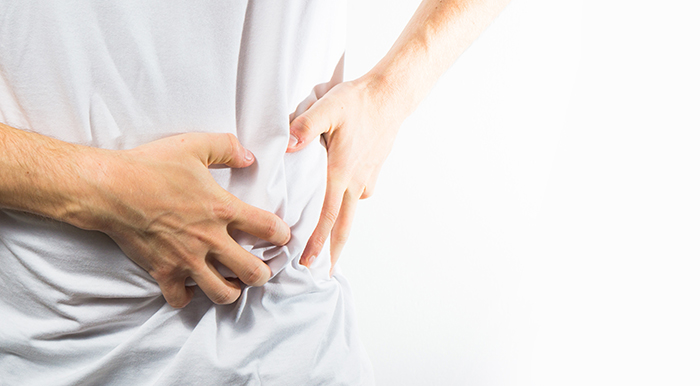
Have you ever come across someone who has gallbladder infection? If no, then there are very low chances that you know what may be the symptoms of gallbladder infection. However, the gallbladder can cause problems if the something blocks or hinders the functioning.
The gallbladder is a sac-like organ that sits just below the liver. Its function is to release the digestive fluid, bile, to break down the food you eat, especially fatty food. There is an accumulation of fluid in the gallbladder which gradually leads to infection. When there is irritation, swelling and inflammation of the gallbladder, it is known as cholecystitis.
Long-term gallbladder problems, infection and disorders may lead to long-standing digestive problems. Even if gallbladder diseases does not get treatment on time, it may become life-threatening, especially in case of gallbladder infection.
Table of Contents
Here are the 10 most common symptoms of gallbladder infection
1. Abdominal pain
You may suffer pain in the upper right side or middle of the abdomen. The pain may vary, it may be dull, sharp or cramping. Sometimes it may be steady and later it may extend to the back or to the shoulder.
You must note that the pain begins or gets worse after the meal or after eating high cholesterol or fatty foods. In this situation, your intestine may face difficulty digesting the fat from your food.
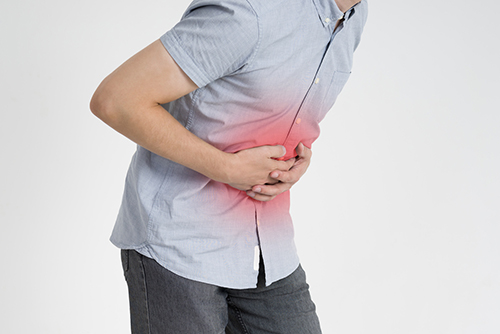
2. Nausea or vomiting
Along with several other symptoms, you may experience vomiting and nausea after having fatty meals. If this repeats after every meal along with pain then it might be the indication of gallbladder disease. This alone may not indicate gallbladder problem though.

3. Jaundice
Jaundice is a symptom of liver problem where the skin turns yellow and eyes turn whitish along with dark urine and pale colored stool. It is a sign of gallbladder infection in adults which occurs due to blockage of the bile duct and the reasons could be gallstones. The bile duct blockage can accumulate bile in the gallbladder and increase the bilirubin concentration.
4. Intermittent abdominal pain
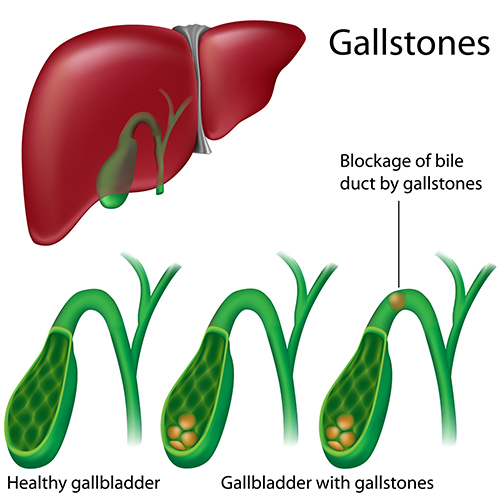
5. Fever or chills
The gallstones block the bile duct, you may have pain with fever and chills. The skin and eyes turn pale and yellow. There are chances that your pancreas are swollen when you have stones in the bile duct. This is again the symptom of an infected gallbladder.
Fever indicates that you have inflammation due to bacterial infection, alcohol consumption or a tumor. This is a serious danger that requires immediate medical attention.
6. Chest pain
Gallbladder attack can radiate to the chest as it is located in the upper abdominal area. If there is a blockage in the gallbladder, you may experience pain in your chest. The muscle spasm in the esophagus may cause similar pain as in heart attack.
7. Change in color of urine or stool
There may be a breakdown of bilirubin, it is a substance that is responsible for the color of your urine and stool. If the color of your urine turns dark and there is clay-colored stool then it could be the sign of bile duct blockage.
8. Chronic diarrhea
People experiencing gallbladder infection may notice having more bowel movements than what is normal in a day. If this continues for several days, it can be a sign of chronic gallbladder disease. It is important to consult a doctor as this is a sign of bile duct blockage.
9. Heartburn and indigestion
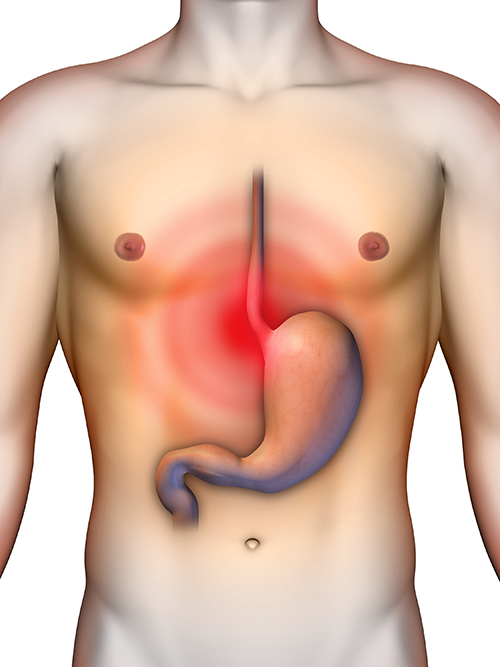
10. Pain while inhaling
When you take a deep breath, pain related to gallbladder may increase. This is because of the location where gallbladder sits in the body. This indicates that there is a blockage in the gallbladder and you must contact a doctor for help.
Consult a doctor to help diagnose the gallbladder problem. The doctor will conduct imaging tests of the gallbladder and the bile duct along with blood and urine test. These tests will reveal if there are any signs or symptoms of gallbladder infection, gallstones, inflammation or any other complication with your gallbladder.
There are treatment options available for gallbladder problems that may include removal of the gallbladder (cholecystectomy), antibiotics to treat infections and medication to break the gallstones.
The most common and recommended treatment is the removal of the gallbladder, also known as a cholecystectomy. It can be performed in two ways:
Open surgery
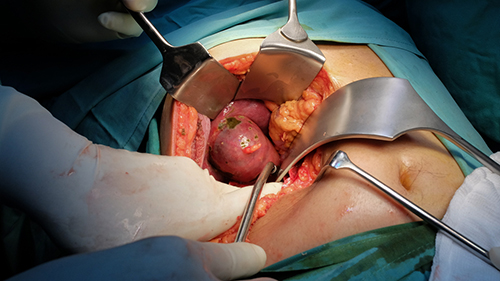
It is the traditional process of removing the gallbladder. The surgeon makes a large incision in the abdomen. To remove the abdomen, the surgeon pushes the muscle and tissues around it. The incision is closed through stitches or staples. But the hospital stay and recovery takes longer.
Laparoscopic surgery
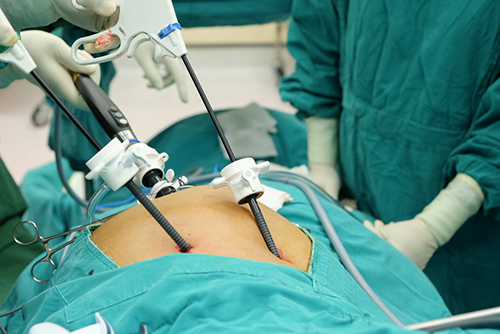
During laparoscopic cholecystectomy, the surgeon makes small incisions in the abdomen. It is minimally invasive procedure. A laparoscope is inserted through one incision with a camera on top and other surgical instruments through other incisions.
The surgeon can view the internal organs on the screen with the help of the camera inserted and perform the surgery.
After the gallbladder is removed, the incisions are closed with adhesive glue. The hospital stay and recovery time are short as compared to open surgery. Even the pain after surgery is less comparatively. It is a minimal pain process and there are no scars of the incision after some time time.
All you need to do is follow the instructions, take medicines, dietary chart and exercises as prescribed by the doctor.
Conclusion
Eat a balanced diet, maintain healthy body weight and do not skip meals to avoid gallbladder problems after the surgery.
While you may not need the gallbladder for essential, everyday life, you must look at the problems that you suspect are related to the gallbladder. Once you are cured and cleared by a doctor, you are good to go. No gallbladder, no more infection!








I was having chest pain and I went to the doctor at Pristyn Care. The treatment given by doctor was top-notch. I felt no pain during the treatment. Pristyn Care made treatment easy.